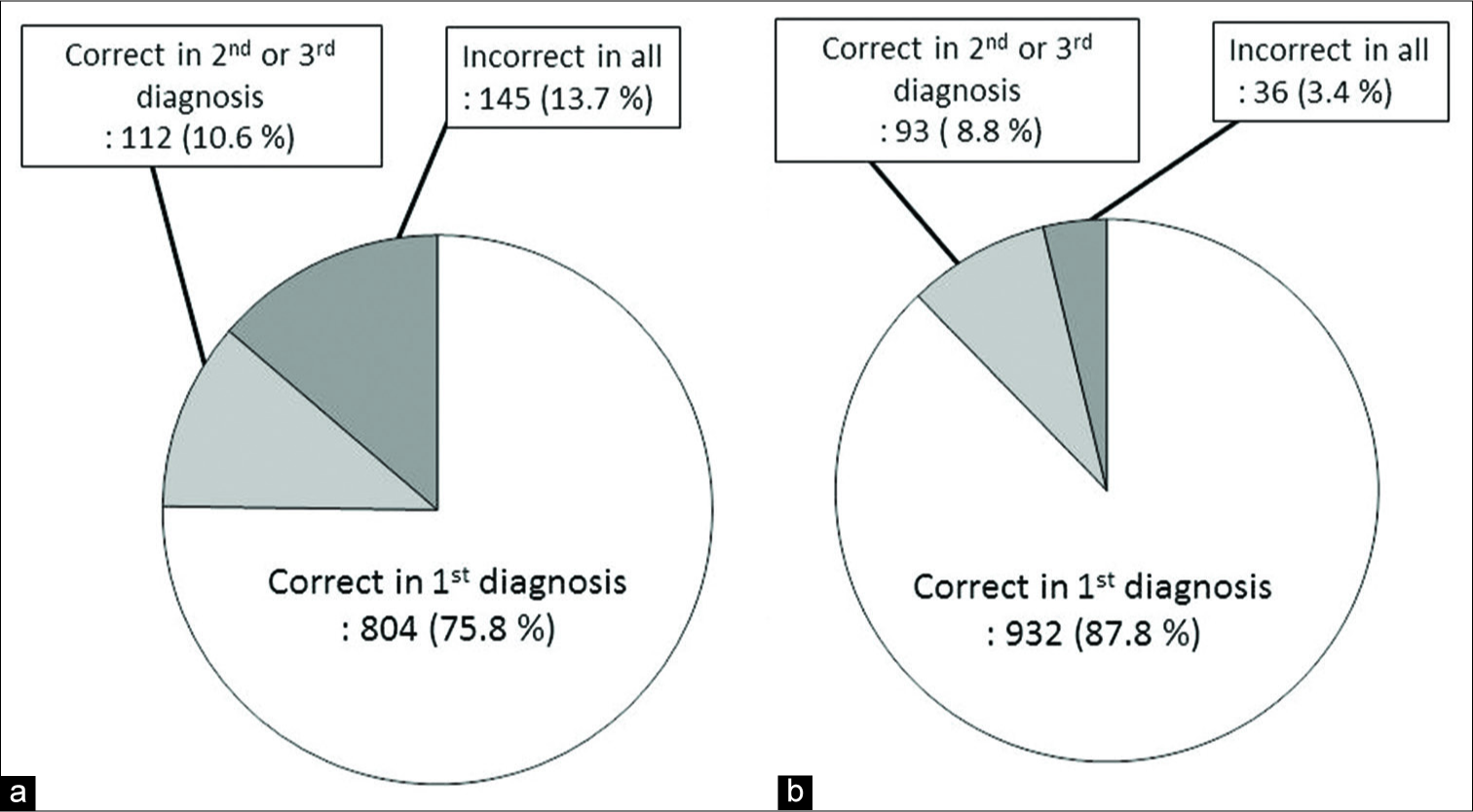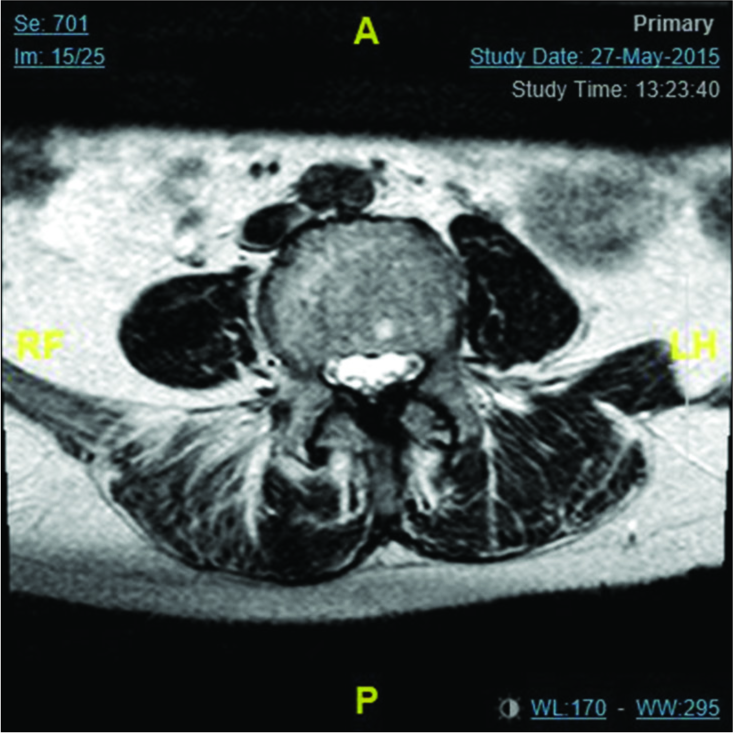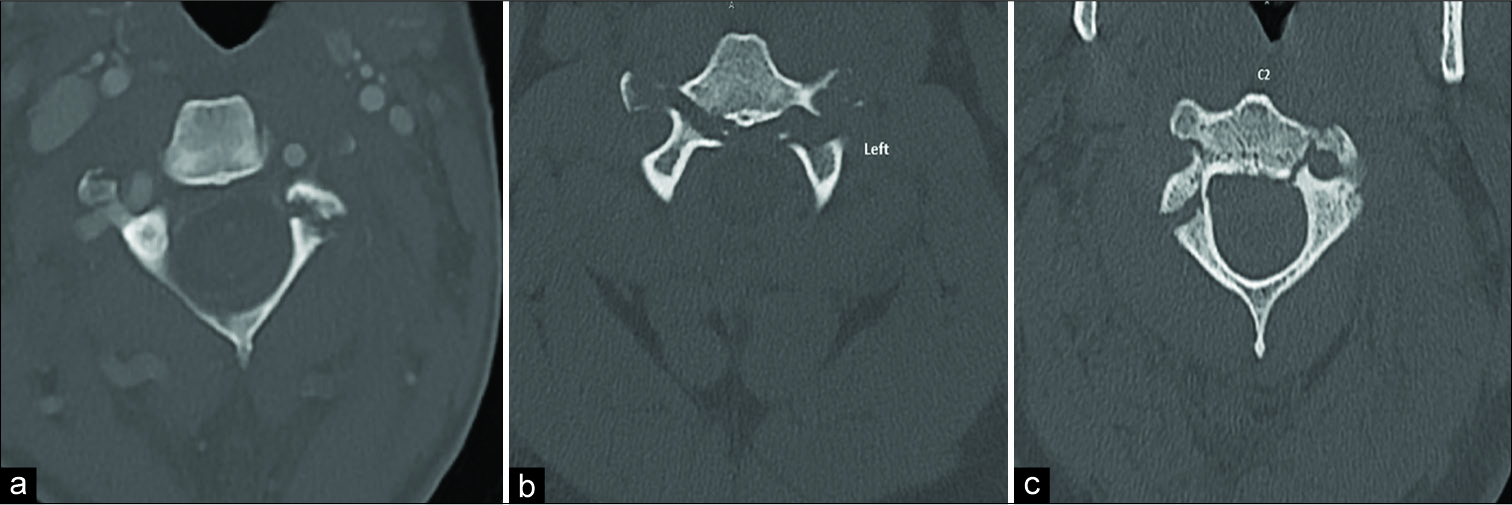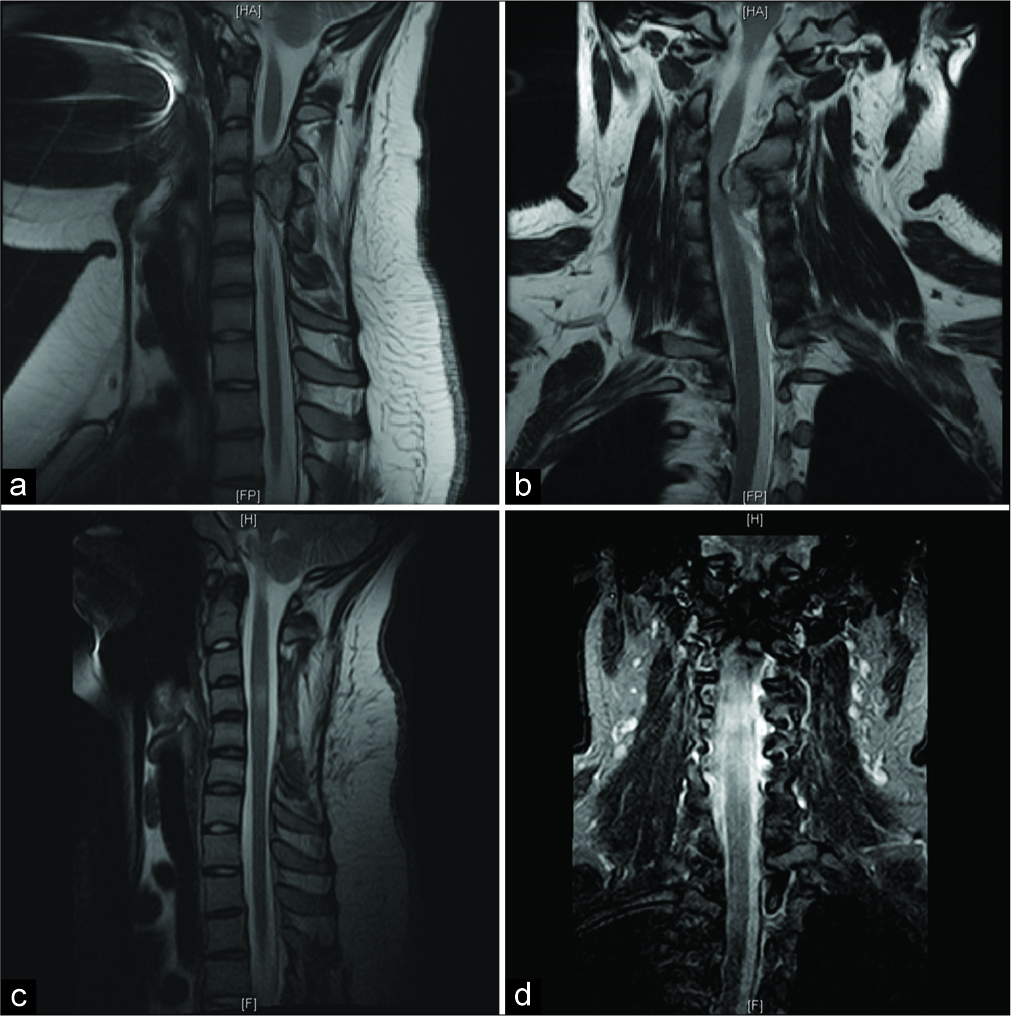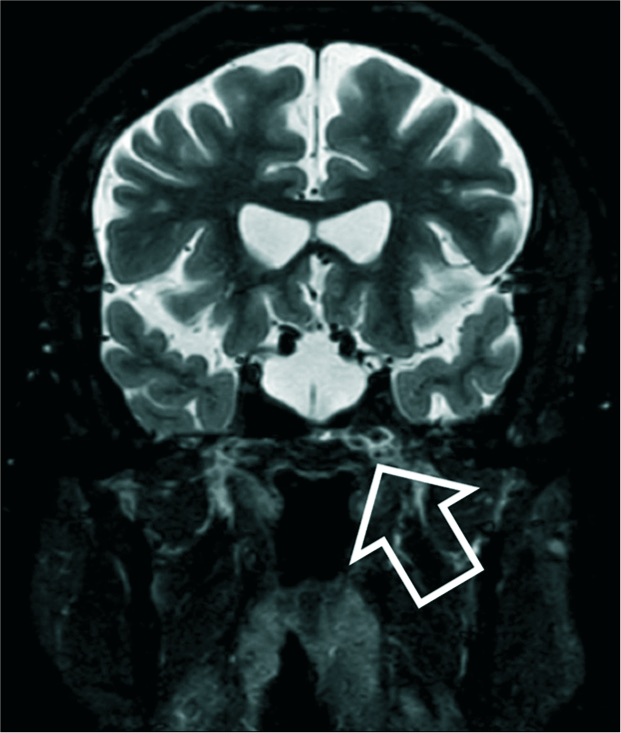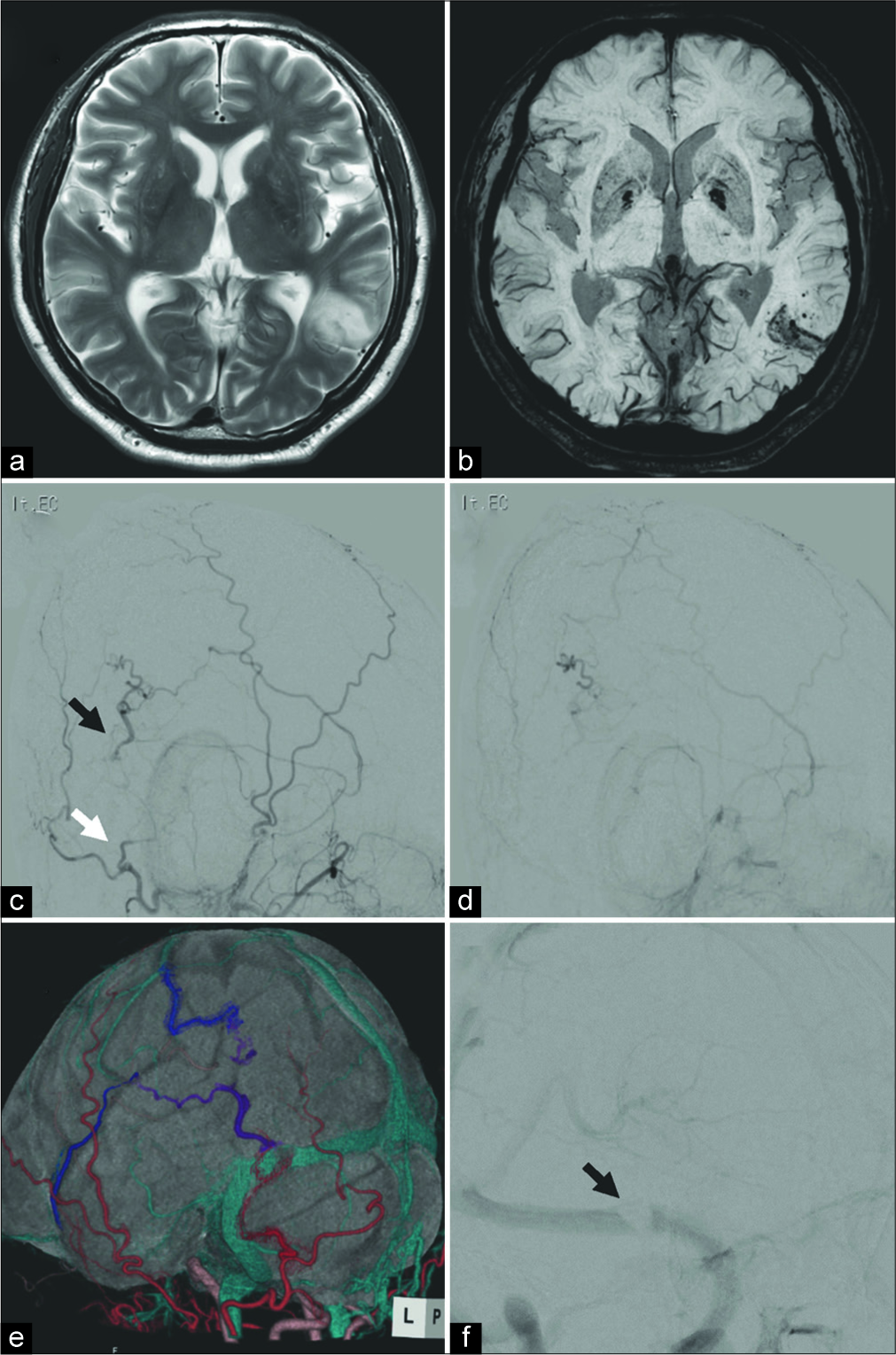Analysis of injected cement volume and clinical outcomes following kyphoplasty for vertebral compression fractures
Date of publication: 28-Mar-2020
Background: It has been suggested that greater volumes of cement injected during kyphoplasty correlate with improved vertebral body height restoration and kyphotic angulation correction. However, there is little evidence tying cement volume to patient outcomes. Here, we analyzed the association between cement volume and outcome utilizing indices of pain, disability, and quality of life.
Precision of preoperative diagnosis in patients with brain tumor – A prospective study based on “top three list” of differential diagnosis for 1061 patients
Date of publication: 28-Mar-2020
Background: Accurate diagnosis of brain tumor is crucial for adequate surgical strategy. Our institution follows a comprehensive preoperative evaluation based on clinical and imaging information.
Variability in the size of the retroperitoneal oblique corridor: A magnetic resonance imaging-based analysis
Date of publication: 28-Mar-2020
Background: A minimally invasive approach to the L2-S1 disc spaces through a single, left-sided, retroperitoneal oblique corridor has been previously described. However, the size of this corridor varies, limiting access to the disc space in certain patients. Here, the authors retrospectively reviewed lumbar spine magnetic resonance imaging (MRI) in 300 patients to better define the size and variability of the retroperitoneal oblique corridor.
Review of Toyoda K, et al. Dual antiplatelet therapy using cilostazol for secondary prevention in patients with high-risk ischemic stroke in Japan. Lancet Neurol. 2019 Jun;18(6):539-548
Date of publication: 28-Mar-2020
Background: Prior meta-analyses showed that treatment with cilostazol, with or without aspirin, significantly reduced the incidence of recurrent ischemic stroke, occurrence of hemorrhagic stroke, and frequency of other serious vascular adverse events.
Failure of C2-3 anterior arthrodesis for the treatment of atypical Hangman’s fractures: A three case series
Date of publication: 21-Mar-2020
Background: Hangman’s fractures (HF) are defined by bilateral fractures of pars interarticularis of the axis. Most can be treated with a collar. However, the treatment strategies for atypical HF (AHF) involve the pedicles, are unstable, and require fusion. Here, we present three cases of AHF that failed anterior arthrodesis warranting repeat anterior (one case), and posterior fusions (three cases).
Solitary osteochondroma of the cervical spine presenting with quadriparesis and hand contracture
Date of publication: 21-Mar-2020
Background: Spinal osteochondromas are rare, benign tumors arising from the cartilaginous elements of the spine that may appear as solitary lesions versus multiple lesions in patients with hereditary multiple exostoses. Here, we present a 15-year-old female with a solitary C3-C4 osteochondroma who presented with a progressive quadriparesis and hand contracture successfully managed with a laminectomy/posterior spinal fusion.
Clipping versus coiling in unruptured anterior cerebral circulation aneurysms
Date of publication: 21-Mar-2020
Background: Unruptured intracranial aneurysms (UIAs) are not uncommon, especially in Japan. Treatment strategy for UIAs has evolved in the past decades in Western countries with the increased use of endovascular treatment as the primary option, but in Japan, clipping still has the upper hand.
Dual antiplatelet therapy in a patient with simultaneous aneurysmal subarachnoid hemorrhage and myocardial infarction
Date of publication: 21-Mar-2020
Background: Electrocardiography (ECG) changes after subarachnoid hemorrhage (SAH) are well described. However, concurrent myocardial infarction (MI) and SAH are rarely reported, and its management remains a dilemma. We report a patient with traumatic SAH concurrent with acute MI that managed successfully by endovascular intervention and dual antiplatelet therapy.
Primary empty sella syndrome associated with visual deterioration salvaged by chiasmapexy: Report of a case and discussion of the literature
Date of publication: 21-Mar-2020
Background: Empty sella syndrome (ESS) is a condition in which there is loss of volume of the pituitary gland, which is the normal constituent of the sella turcica. There may be visual and endocrine deficits associated with this condition, and radiologically, there may be downward prolapse of the optic chiasm. It occurs in a primary ESS, poorly understood form, as well as a secondary ESS form that follows medical or surgical treatment of a pituitary macroadenoma, or else spontaneous hemorrhage into such a tumor.
Efficacy of intra-arterial indocyanine green angiography for the microsurgical treatment of dural arteriovenous fistula: A case report
Date of publication: 13-Mar-2020
Background: In this study, we report a case of dural arteriovenous fistula (dAVF) that was successfully treated using intra-arterial indocyanine green (IA-ICG) videoangiography during open surgery. Moreover, the findings of IA-ICG videoangiography were compared with those of intraoperative digital subtraction angiography (DSA).



